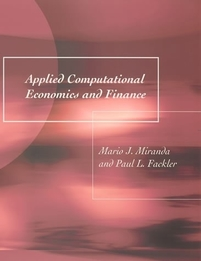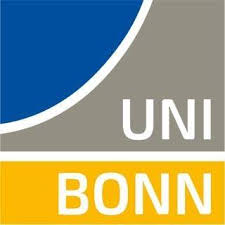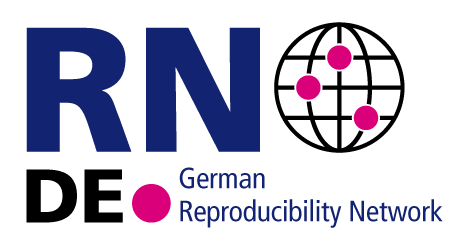


The purpose of (scientific) computing is insight, not numbers.
—Richard Hamming.
The sound analysis of computational economic models requires expertise in economics, statistics, numerical methods, and software engineering. We first provide an overview of basic numerical methods for optimization, numerical integration, approximation methods, and uncertainty quantification. We then deepen our understanding of each of these topics in the context of a dynamic model of human capital accumulation using respy. We conclude by showcasing basic software engineering practices such as the design of a collaborative and reproducible development workflow, automated testing, and high-performance computing.
Students learn how to use Python for advanced scientific computing. They acquire a toolkit of numerical methods frequently needed for the analysis of computational economic models, obtain an overview of basic software engineering tools such as GitHub and pytest, and are exposed to high-performance computing using multiprocessing and mpi4py.
Guest lectures organized by institutions from the public and private sector are an integral part of our curriculum. These events connect students directly with employment opportunities that match their interests and skill set and provide students with insights into scientific computing applications in a variety of settings.
We build the course on the Nuvolos.cloud as an integrated research and teaching platform. The platform provides a simple, browser-based environment that allows for complete control over students’ computational environment and simplifies the dissemination of teaching material. It enables students to seamlessly scale up their course projects from a prototype to a high-performance computing environment.
We use the book Applied computational economics and finance by Mario Miranda and Paul Fackler throughout the course. A special thanks to Randall Romero Aguilar who has also built a course around this book and maintains a Python implementation of the CompEcon toolbox. Many of our code examples are building on his implementation there. In addition, we will also consult Numerical methods in economics by Ken Judd for some of the more advanced material.
- Athey, S., Imbens, G. (2019). Machine learning methods that economists should know about, Annual Review of Economics, 11(1): 685-725.
- Judd, K.L. (1997). Computational economics and economic theory: Substitutes or complements?, Journal of Economic Dynamics and Control, 21(6): 907-942.
We gratefully acknowledge funding by the Federal Ministry of Education and Research (BMBF) and the Ministry of Culture and Science of the State of North Rhine-Westphalia (MKW) as part of the Excellence Strategy of the federal and state governments.




